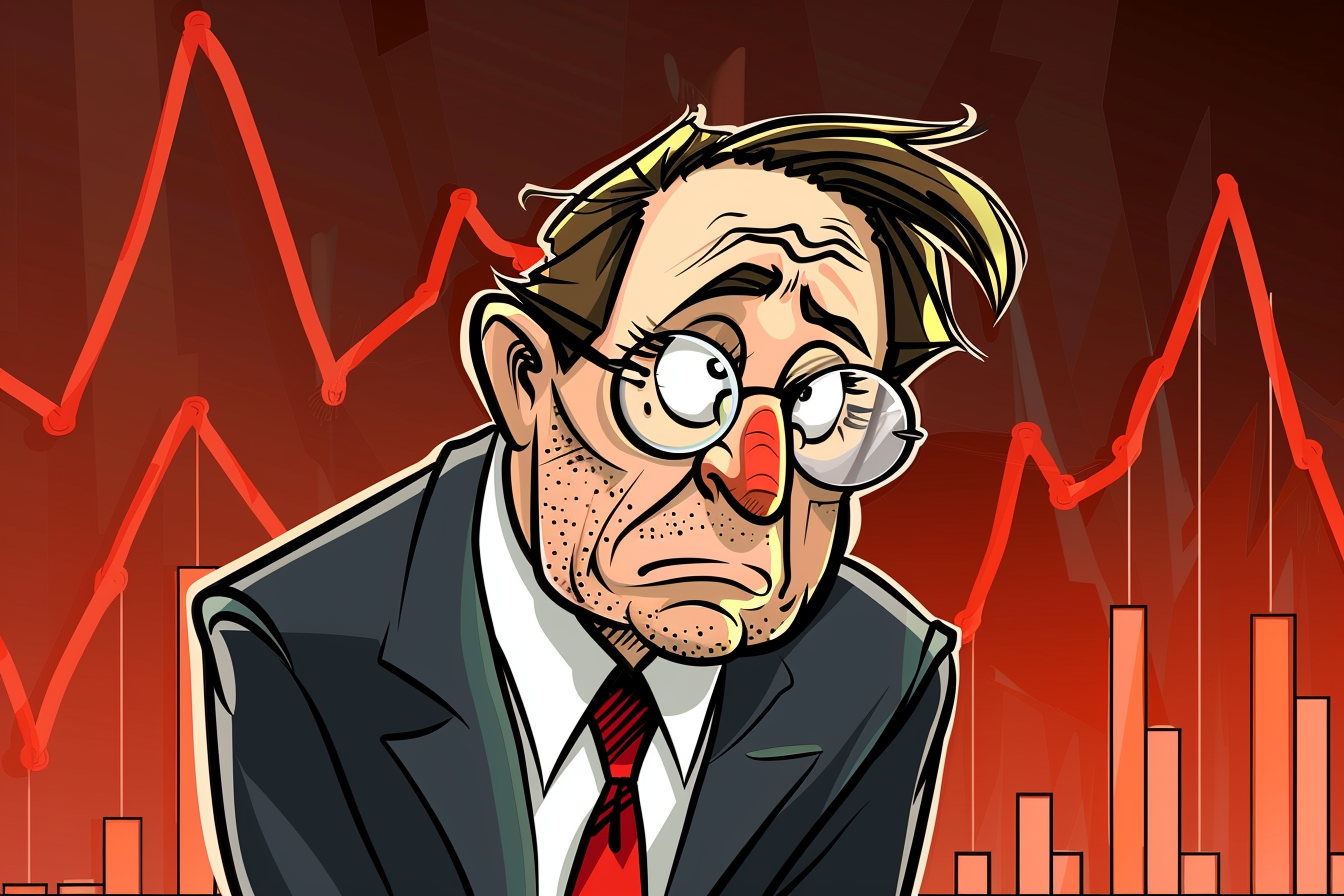Table of Contents
The largest cryptocurrency is stuck in a range despite the halving event. With much of its market hype driven by ETF approvals, has Bitcoin become more of a traditional asset snooze fest?
Broadly, the newsflow on the ebb and flow of when the Fed will cut rates has driven markets in recent months, with the trading in cryptos mirroring those moves.
The bets on the crypto token have been split between safe-haven bids and as part of the risk assets sell-off. Over the past week, Bitcoin has shown a slow rise to about $64,600 from just under $60,000 despite the volatility.

Looking at flows into Bitcoin funds, the appetite for ETFs is easing somewhat. But we are entering a new phase of a new normal, with the ETF flows turning into a steady stream rather than a bulk dump-in.

A study shows $206 million in crypto asset withdrawals in the week ending April 19, with inflows into newly launched ETFs smaller than in previous weeks.
Bitcoin Influences
Macroeconomic factors are influencing the moves more than ever, with the likelihood of a short-term run in Bitcoin prices dictated by the Fed.
These moves are in direct correlation with broader market moves driven by the changing expectations of the Fed's rate path. The trading data suggests that the news on the Fed's policy path expectations drives crypto trades rather than halving the event.

Until the economic situation is clear, we may see some sell the news in crypto markets.
Of course, Bitcoin's correlation with equity markets isn't exactly new. Bitcoin traded lower as the Fed steadily increased interest rates between 2022 and 2023.

The whole FTX scandal obviously led to a more depressed Bitcoin price too but the leading crypto asset seems to be increasingly correlated to its TradFi brothers.
Stocks vs Bitcoin
Big tech firms reporting will play a significant part in the overall moves in the market.
Tesla's earnings sent its stock price higher on Wednesday after beating revenue and earnings per share expectations. However, Meta's earnings report weighed on stocks on Wall Street, with expectations similar for other big tech firms' outlook.

Technology investors are on edge after a dismal earnings report from Meta Platforms, and they won't be able to relax until the following days when results are expected from some of the most significant and largest businesses on the stock market.
Meta predicted lower-than-expected sales for the upcoming quarter while aiming for larger capital expenditures, sending shares of Facebook's parent company down as much as 19% in after-hours trading and a tech-heavy exchange-traded fund down as much as 1%.

BRN Says...
US GDP for the March quarter and the Fed's favoured measure of inflation, the core PCE deflator, will be the main releases to watch this week.
Vigorous GDP growth stands in stark contrast to weak business surveys - GDP expanded at a 4.9% annualised rate in 3Q23 and 3.4% in 4Q23, yet the ISM reports and NFIB small business optimism are at levels more consistent with GDP growth in the 0-1% range.
Markets expect the growth rate to moderate to around 2.6% for 1Q 2024, above the 2.1% consensus forecast yet still broadly in line with trend growth.
Based on the monthly data we have seen, consumer spending likely slowed, while government spending likely remained firm, and business spending remained mixed.
Investors expect to see consumer spending come under increasing pressure through the rest of the year, given real household disposable income is flatlining, household savings built up during the pandemic have largely been exhausted, while 25-year highs for consumer borrowing costs add to the headwinds for spending.
Regarding inflation, the core CPI print came in at 0.4% month-on-month, roughly double the rate we need to see to bring annual inflation down towards 2% over time.
The core PCE is a broader measure of inflation and measures some of the key components, such as medical care and insurance, differently.
Markets expect it to come in at 0.3% MoM or 2.8% year-on-year, which is lower than the CPI but still too high for comfort, which should confirm market expectations that the earliest opportunity for a Fed interest rate cut is September.
To find out how these indicators will affect the performance and prices of digital assets, subscribe to brn for early access. Ahead of the launch, newsletters featuring detailed insights will be free.
Elsewhere













